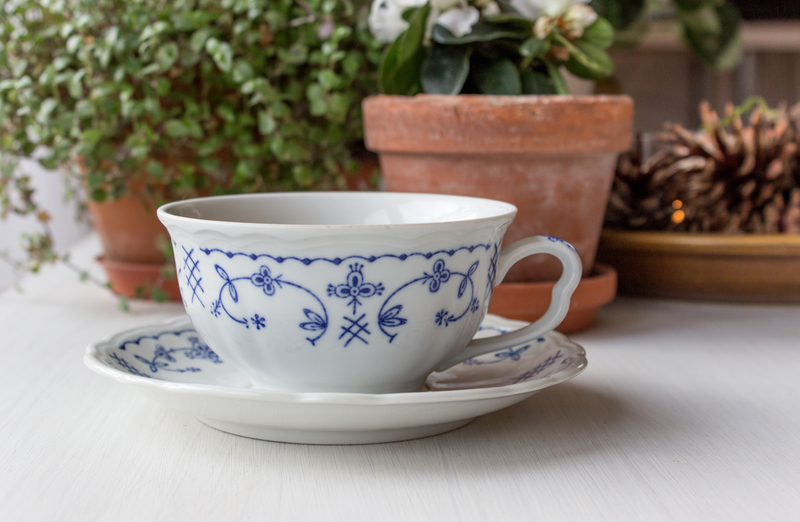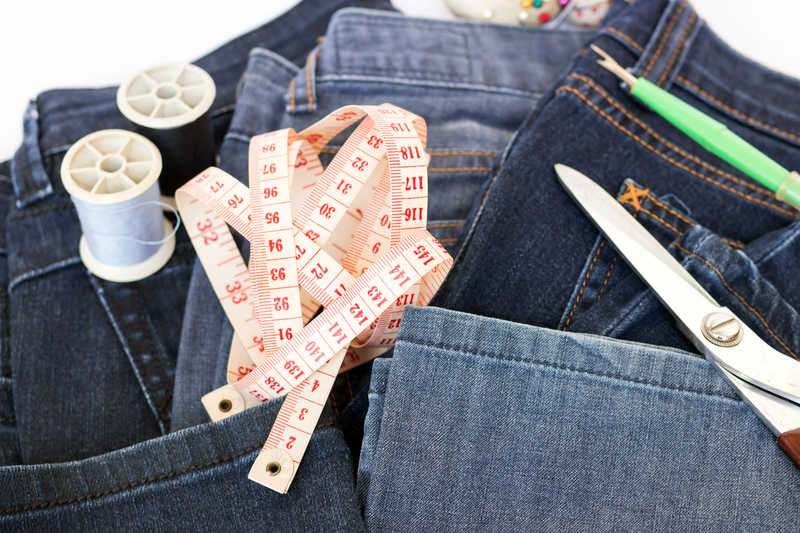Easiest Methods for Recycling Cookware: A Comprehensive Guide
Cookware is an essential part of every kitchen, but what happens when your old pots, pans, and baking trays reach the end of their useful life? Instead of tossing these items in the trash, there are several simple methods to recycle old cookware. In this article, we'll explore the easiest methods for recycling cookware, provide creative reuse ideas, and offer eco-friendly solutions to keep your kitchen green.

Why Recycle Old Cookware?
- Reduces landfill waste: Disposing of cookware in the trash contributes to landfill overflow.
- Conserves resources: Recycling metals and other materials helps preserve natural resources.
- Promotes sustainable living: Eco-conscious decisions help reduce your environmental footprint.
Many consumers do not realize that recycling pots and pans can be straightforward. Cookware is often made from recyclable materials such as aluminum, stainless steel, or cast iron.
Best Ways to Recycle Old Pots and Pans
1. Take Your Cookware to a Scrap Metal Yard
The most straightforward and widely available option for recycling cookware is your local scrap metal recycling facility. Most cookware--such as pans, pots, and baking trays--are made primarily from metals like stainless steel, aluminum, or copper, all of which are recyclable. Simply:
- Check for non-metal parts: Remove any plastic handles, glass lids, or non-metal attachments, as scrap yards usually only accept pure metals.
- Contact your local yard: Call ahead and ask if they accept cookware, and inquire about their requirements.
- Drop them off: Bring your clean, metal-only cookware for recycling. Some facilities may even pay you for certain metals.
Pro Tip: Be sure to clean your cookware to remove food residue before recycling.
2. Curbside Recycling Services
Many communities offer curbside recycling programs that accept metal goods. However, not all curbside programs take bigger or mixed-material cookware. Check your local municipality's guidelines online or call their recycling department to confirm:
- If accepted, place your cookware in the recycling bin as instructed.
- If not accepted, use an alternative method listed here.
3. Charitable Donations and Second-Hand Stores
In many cases, recycling cookware means extending its life through reuse. If your pots and pans are still in usable condition:
- Donate them to local shelters, soup kitchens, or nonprofit organizations.
- Drop them off at thrift stores such as Goodwill or Salvation Army.
- Offer them via online marketplaces or community groups.
_Donating is a great way to ensure your cookware continues to serve its purpose while benefiting others._
4. Retailer Take-Back and Recycling Programs
Some kitchenware retailers and manufacturers offer take-back recycling programs. Well-known brands, such as Bed Bath & Beyond, Home Depot, and certain department stores occasionally have recycling drives for kitchen goods.
- Contact the store where you purchased your cookware or visit their website for details.
- Sometimes, when you buy new cookware, these stores accept your old items for recycling at no extra cost.
5. Upcycling and Creative Repurposing
Another easy way to recycle cookware is to repurpose it creatively around your home or garden. Popular upcycling ideas include:
- Turning frying pans into clocks: Add a clock mechanism for quirky wall decor.
- Plant pots or planters: Use old pots and pans as unique plant containers for your garden or patio.
- Storage bins: Use deep pots for organizing tools, utensils, or craft supplies.
- Bird feeders and baths: Give wildlife a treat by converting old cookware into feeders.
Upcycling gives cookware a new purpose, keeps it from the landfill, and adds personality to your home!
How to Prepare Cookware for Recycling
Proper preparation will ensure your old pots and pans are accepted by recycling centers. Follow these easy steps:
- Remove non-metal components: Detach handles, lids, or rubber grips.
- Clean thoroughly: Wash off any food debris or grease.
- Separate different metal types: Group similar metals together if possible (aluminum, stainless steel, copper).
- Bundle small items: Place screws and small pieces in a sealed bag for easier handling.
Common Types of Cookware and Their Recycling Options
- Stainless Steel Pots and Pans: Highly recyclable--accepted by most scrap yards.
- Aluminum Cookware: Widely accepted, even if scratched or stained.
- Cast Iron Skillets: Valuable at scrap metal yards; also great for upcycling.
- Non-Stick or Teflon-Coated Cookware: May require special treatment; check with your local facility as coatings can complicate recycling.
- Glass Baking Dishes: Recycle only if your local center accepts heat-resistant glass.
- Ceramic and Enamel Cookware: Usually not accepted in regular recycling but may be upcycled.
What If My Cookware is Non-Recyclable?
Some cookware, especially non-stick or ceramic-coated items, may not be accepted by standard metal recycling centers. If that's the case:
- Try upcycling (see tips above).
- Check specialty recycling events: Some cities host periodic "hard-to-recycle" days for residents.
- Contact the manufacturer: Some offer mail-back recycling programs for certain products.
Frequently Asked Questions About Recycling Kitchen Cookware
Are non-stick pans recyclable?
Non-stick pans require special care. Many facilities will not accept them due to their chemical coatings (such as Teflon or ceramic). However, some areas do accept non-stick cookware--provided you remove the coating (if possible) before recycling the metal body. Always check with your local recycler for advice.
Can I put pots and pans in my blue recycling bin?
Typically, metal cookware is not accepted in standard curbside recycling bins. Use designated scrap metal recycling locations unless your city specifically instructs otherwise.
What is the best way to dispose of broken cookware?
Broken cookware should never just be thrown in the trash. Try these options first:
- Take to a scrap metal yard.
- Upcycle into planters or garden art.
- Donate if repairable (e.g., broken handles can often be fixed).

Eco-Friendly Cookware Disposal: Tips and Best Practices
- Buy high-quality cookware to reduce future waste.
- Repair minor damage (replacing handles, seasoning cast iron) to extend cookware life.
- Choose brands with recycling policies.
- Share or donate seldom-used items with others.
The easiest method for recycling your cookware often comes down to a little research and creative thinking. By considering all options--recycling, donating, or upcycling--you can contribute to a more sustainable kitchen.
Conclusion: Embrace Simple Cookware Recycling Methods
Recycling cookware doesn't need to be complicated. The easiest ways include taking your old pots and pans to a scrap metal facility, using retailer recycling programs, donating to charity, or getting creative with upcycling projects. Properly recycled cookware helps preserve resources, reduces waste, and supports a cleaner environment.
Next time you upgrade your kitchen, remember these cookware recycling methods for an eco-friendly home. If you're unsure, always check with your local recycling center to find the best option. Your effort makes a difference--let's keep our kitchens, and the planet, clean and sustainable!